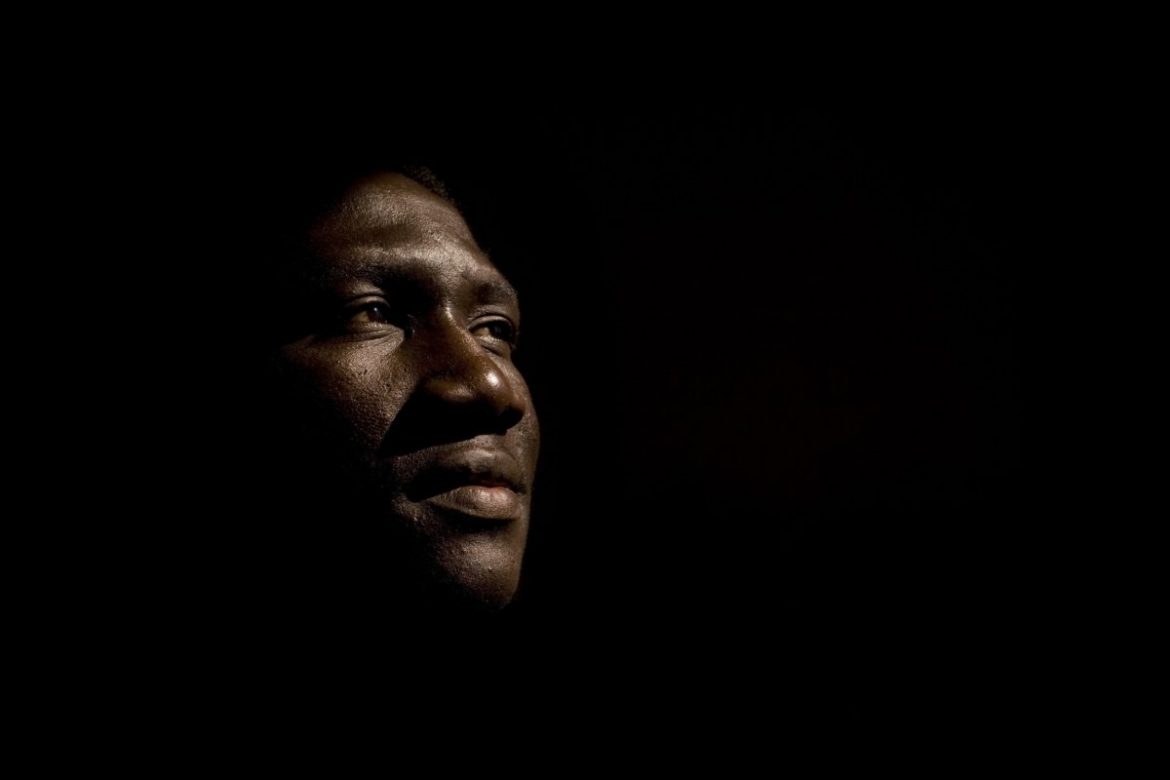The specifically modern social imaginaries of neo-patrimonial states are both more diverse as well as more constrained than in legal-civic states. To use a term elaborated by Charles Taylor, the ‘social imaginaries’, i.e. the background images that inform the “implicit grasp of social space” (Taylor 2004), are key to a socially and individually visceral understanding of the norms underlying social practice. They are also key to a sense of what makes these norms realizable. However, as Taylor demonstrates, such imaginaries are not unchanging, underlying as they do dynamics of appropriation and change. Initially, specific moral orders (such as, for instance, the legal-rational or ‘modern’) may be idealized, but this idealization itself leads to complex imaginaries that are associated with specific and generic social practices. Taylor himself observes that this process is frequently dynamic, both recreating as well as creating a social order that is “in part traditional but often transformed by the contact” (Taylor 2004). Emerging forms of social imaginary in times of social change, hence, are not necessarily uniform, nor need to be applied and appropriated uniformly; on the contrary, often new principles and norms are introduced only on certain levels “while leaving other niches untouched” (Taylor 2004).
Applied to the order in Africa, the social imaginaries that penetrate and inform the social realities of African states are evidently derived from both patrimonial as well as from legal-civic orders; hybridity which, on the one hand, opens up spaces of creativity and negotiation on prevailing norms, but on the other hand also imposes particularistic constraints on the scope and type of action at the disposition of social actors. The constraints derive precisely from the seeming pluralism of frames of reference: the characteristic ambiguity of neo-patrimonial orders with regard to the prevailing dominant order in specific moments does not necessarily open up creative spaces. In practice, it seems to primarily open up a wider spectrum of sanctions available to patrons, who can draw on both patrimonial as well on legal-civic primacy of categorical relations (to use a term by Taylor) and emancipation from ascribed or ‘traditional’ relations (albeit unevenly), the process in African countries is dissimilar: the ‘contact’ of modern social imagery with the social, cultural and economic realities has led to a relative disempowerment and disenfranchisement of people and a transformation of ‘ascribed’ identities. A second critique of the neo-patrimonial state is leveled against a different dimension of the concept, namely against the invariant frame of reference of such an approach: the image of a Weberian state portrayed implicitly as an autonomous, unchanging and coherent body of space and norms.
Viewed through the lens of a legal-civic state any leakage of other nationalities and practices into this bounded public sphere is considered deviant—although of course, the ideal-type of a legal-civic state is just that, an ideal-type and not social reality. The merit of neo-patrimonial theories is that they, in contrast to the more simplistic modernization theories, conceptualize political deviance as an order sui generis, but the normative judgment deriving from the modern ideal-type is not suspended. On the contrary, it serves to sharpen the contours of the ‘deviant’ (patrimonial) order. More interesting theoretical approaches undercut such limiting and normative dichotomies, exploring ‘the state’ as part of a field populated by multiple actors, practices, and framing matrixes, in which both the images as well as the practices produced in these fields “can be overlapping or reinforcing, or contradictory or mutually destructive” (Migdal 2001).
The main conclusion emerging from neo-patrimonial theories is that evidently new values and rules are not consolidated automatically: the internalization of values that provide a frame of orientation for everyday attitudes and practices, normative prescriptions on the ‘right’ behavior, and correspondingly a regime of social and legal-civic sanctions that regulate and control such practices underlie complex contingencies. Looking at more iterated patterns, the impact of new rules and resources on configurations of power is even more unpredictable. The key question is what social practices do these social imaginaries lead to, what new, adapted, appropriated, or, indeed, unchanged figurations of social order?
